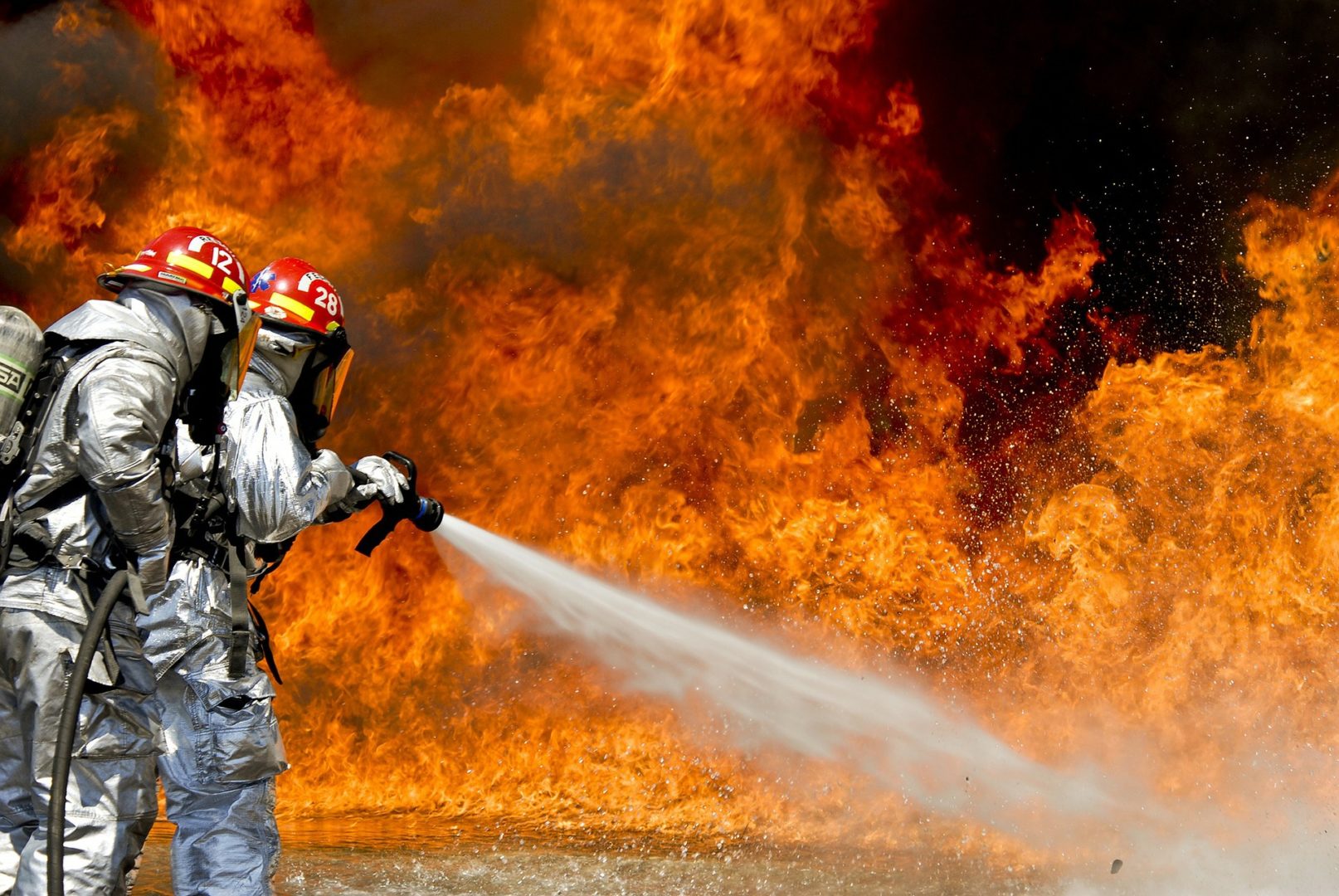Fire prevention is in full swing and we here at Gallagher Bassett want to make sure everyone stays safe and unscorched for not only this week but year-round as well.
While there’s no Smokey the Bear in this neck of the woods, fires in urban areas can be just as deadly and make up to 3% of work deaths, and honestly, that’s 3% too many.
Here are some facts and tips to keep you out of the dark in regards to Fire Safety.
The Dangers of Open Flame
We all know fire is hot, but several other factors can lead to serious injury or death due to flames. Fire is also fast. In less than 30 seconds, a small flame can become a major fire.
Now imagine that around wood, glass, metal and other hazardous chemicals that combined with fire, can do severe damage to your lungs, skin and heart. That’s why the warnings of toxicity, flammables and explosives are listed as the cautions alongside hazard pictograms to keep you safe.
Speaking of hazards, the soot, smoke and flames can be toxic to inhale. Bear in mind that fire isn’t a thing: it’s a variant of chemical oxidation. A flame’s smoke can incapacitate a person quickly – leaving people overcome by smoke, unable to make it to an otherwise accessible exit.
Fire and the Workplace
Some of the causes for fires at the jobsite are careless smoking, no housekeeping, sloppy maintenance on electrical tools, portable heating, lack of adequate fire watch, or faulty wiring.
Rush work and housekeeping are some of the bigger risk factors. Housekeeping is an area that will quickly backslide if your rules are not strictly and consistently enforced.
While rushing to finish seems like a good idea, the DOB, OSHA, and your stakeholders want to ensure that the safety of workers and the general public comes first before all else. After all, we’re nothing without our workforce, and it’s always better to be safe than sorry.
What You Can Do
Make sure that housekeeping follows OSHA guidelines and that all flammable materials are properly stored away when not in use. Get rid of any junk that can fly around loose on multistory buildings. Know the difference between 5 classes of fires and how to respond to them, not only as a safety precaution but also an OSHA standard that you can learn in a course.
Have yourself and your team check the wiring of your handheld tools and cords. Check your ground-fault circuit interrupter, or GFCI, and make sure that works too. Keep an eye on your portable heaters, especially near or around plastic tarps.
Oh, and for the smokers, please put out your cigarette completely when your near the jobsite. Leaving a lit butt behind can lead to burnt butts later.


